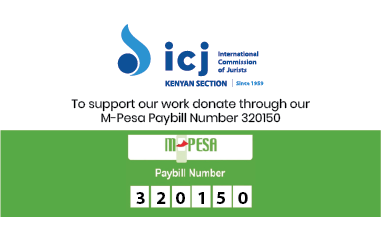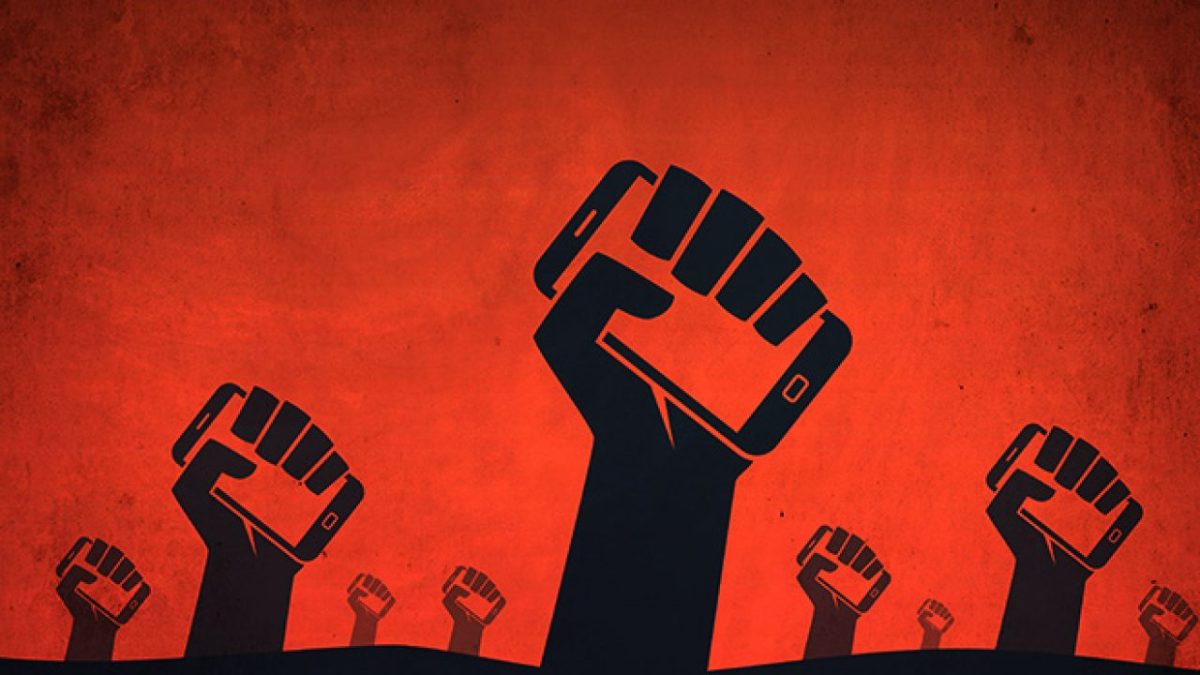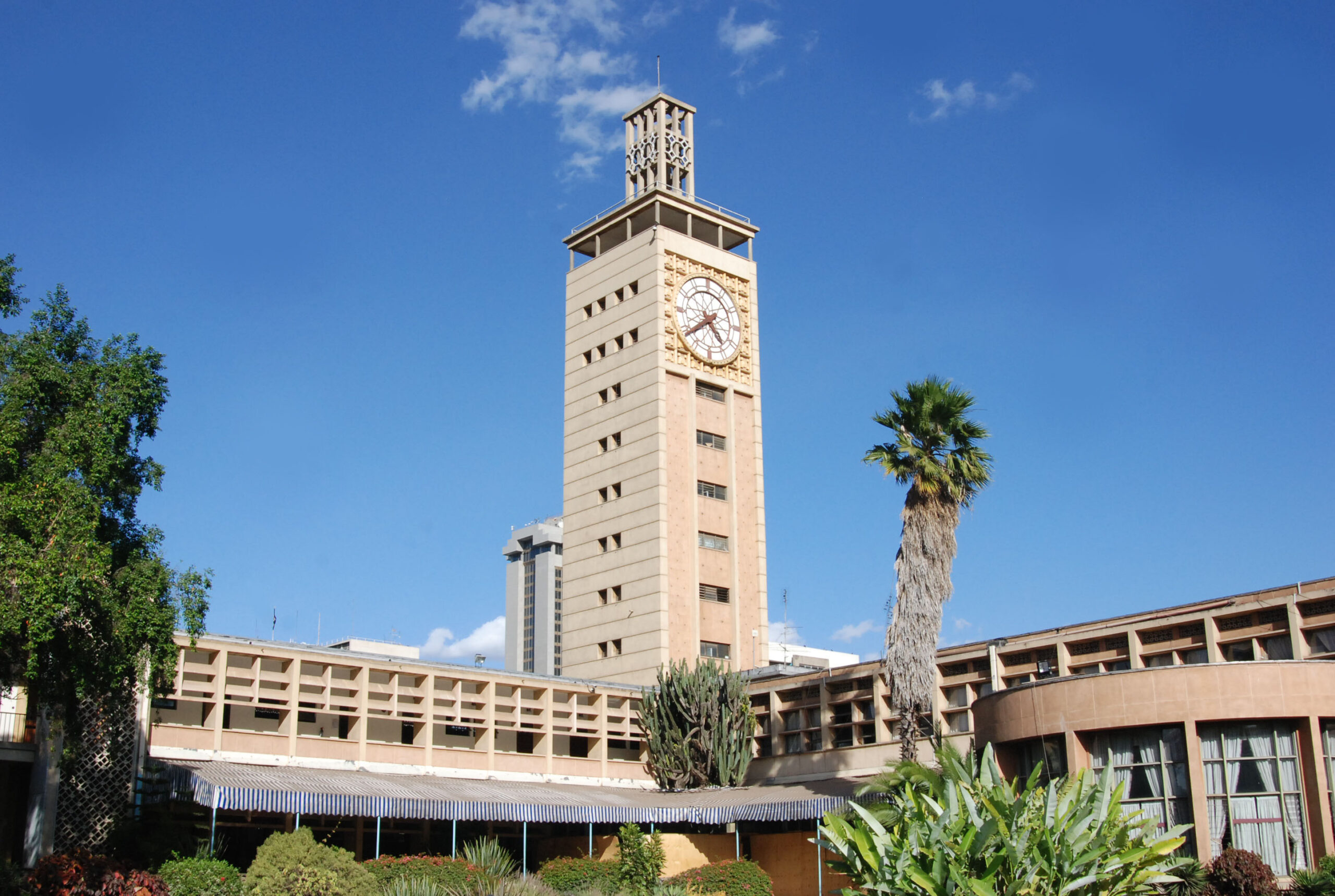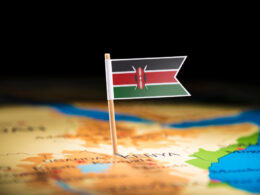NAIROBI, Kenya – Digital platforms have emerged as crucial tools for facilitating peaceful assemblies and demonstrations globally in recent years. With its dynamic socio-political landscape, Kenya serves as a compelling case study for understanding how digital platforms can enhance the right to assemble and express digital rights.The #RejectFinanceBill2024 nationwide protests orchestrated by Generation Z is a typical example of an organized right to assemble and demonstrate.
Digital platforms, including social media networks, messaging apps, and online forums, have transformed how citizens organize and participate in peaceful assemblies. These platforms offer several advantages including; Mobilization and Coordination where digital platforms enable rapid mobilization of individuals by disseminating information swiftly and efficiently.
For instance, at the height of the nationwide protests in Kenya pinpointing the Finance Bill 2024 in Kenya, social media platforms like TikTok, Facebook, and Twitter played a significant role in organizing rallies and protests. Hashtags such as #Rejectfinancebill2024 were instrumental in uniting people and spreading awareness about peaceful assemblies. Another advantageous element is transparency and accountability where pervasive use of smartphones and social media allows for real-time documentation and live streaming of events.
This transparency discourages violence and misconduct by both protesters and law enforcement. In Kenya, platforms like TikTok, Instagram, YouTube, and Facebook Live have been used to broadcast protests, ensuring that the global community is aware of the proceedings and any potential human rights violations.
Awareness and advocacy where amplifying the voices of marginalized groups and bringing attention to social justice issues. Activists and social media influencers in Kenya have utilized Twitter campaigns to highlight issues such as police brutality and electoral malpractices.
Campaigns like #Stopabductions drew international attention and pressured authorities against the abductions and to create awareness to demonstrators on the ongoing abduction, it was also used to update the public on who has been abducted by reaching out to the relevant assisting bodies such as Law Society of Kenya (LSK).
Safety and Security digital communication can enhance the safety of participants by providing real-time updates on safe routes, potential threats, and changes in assembly locations. Encrypted messaging apps like WhatsApp and Telegram are commonly used in Kenya to share sensitive information securely among protest organizers.
Historically, Kenya’s vibrant civil society has effectively leveraged digital platforms to advocate for democratic rights and social justice. A notable example is the use of social media during the protests against police brutality in 2020 and the recent advocacy of the use of live bullets and abduction of demonstrators will also remain historical in the Kenyan minds. Following the killing of two brothers, Emmanuel and Benson Ndwiga, by police officers enforcing a COVID-19 curfew in Kianjokoma, activists and ordinary citizens took to social media to demand justice.
The hashtag activism on Twitter galvanized national and international support. This digital outcry compelled the Kenyan authorities to investigate the incident, leading to the arrest and prosecution of the involved officers. Recently, the hashtag on abductions has also led to the release of those abducted by government security agencies. The swift action demonstrated the power of digital platforms in influencing governmental accountability.
Digital petitions on platforms like Change.org have been used to create petitions demanding policy changes and justice for victims of human rights abuses. In the Kianjokoma case, digital petitions garnered thousands of signatures, amplifying the call for justice and reform in police practices. Virtual Protests and Webinars during the reject Finance Bill 2024 demonstration, as physical gatherings were restricted.
In response, Kenyan activists organized virtual protests and webinars on Twitter or X spaces to continue advocating for their rights. These digital assemblies provided a safe and effective means of maintaining momentum for social justice movements.
The utilization of digital platforms for peaceful assemblies in Kenya underscores the importance of digital rights. These include freedom of expression on the ability to share opinions, organize events, and advocate for change online without fear of censorship or retribution is fundamental.
Digital platforms have provided Kenyans with a space to express dissent and demand accountability. Access to Information ensures that all citizens have access to the internet and digital tools which are essential for a functioning democracy. Efforts to bridge the digital divide in Kenya are crucial for enabling equitable participation in digital assemblies. Protecting the privacy and security of online communications is vital. Encryption and data protection measures ensure that activists can organize without fear of surveillance or harassment.
In conclusion,digital platforms have become indispensable in facilitating peaceful assemblies and demonstrations in Kenya, highlighting the broader significance of digital rights. By enabling rapid mobilization, enhancing transparency, and providing a secure means of communication, these platforms empower citizens to advocate for their rights and hold authorities accountable.
As digital tools continue to evolve, their role in supporting democratic processes and social justice movements will only grow and become more critical. Ensuring that digital rights are protected and accessible to all is essential for fostering a vibrant, inclusive, and resilient democracy in Kenya and beyond.
Charles Jaika is a lawyer and a Digital Rights Champion working at ICJ Kenya.











